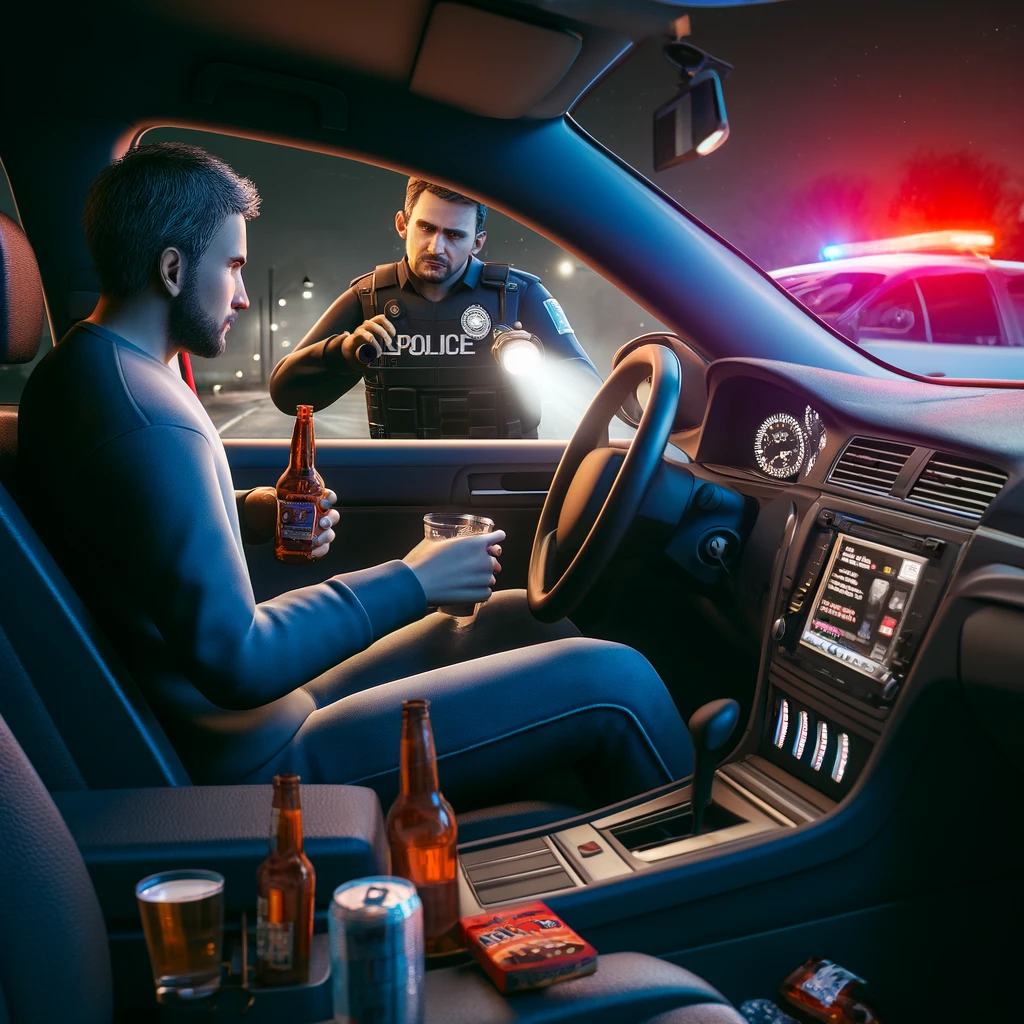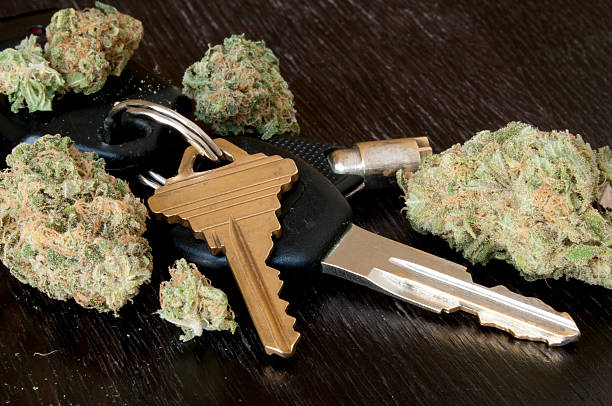Driving under the influence (DUI) is a serious offense with potentially life-altering consequences. While most people are aware of the dangers of alcohol-related DUIs, it’s equally important to understand the key differences between alcohol and drug DUIs. In this blog post, we’ll explore the distinctions between these two types of DUIs (alcohol vs drug) and why it’s crucial to be informed about both.
Alcohol DUI

Statute:
According to Wisconsin law, 346.63(1)(a), “no person may drive or operate a motor vehicle while the persona has a prohibited alcohol concentration, which is around 0.08% for those 21 and older, or is under the influence of alcohol that renders them incapable of safely driving”.
Prevalence:
Alcohol-related DUIs are more common and widely reported. They occur when individuals operate a motor vehicle with a blood alcohol concentration (BAC) exceeding the legal limit, which varies by jurisdiction but is typically around 0.08%. Statistics from the National Highway Traffic Safety Administration (NHTSA) reveal that alcohol-impaired driving fatalities accounted for 28% of all traffic-related deaths in the United States in 2019.
Testing:
Alcohol DUIs are relatively straightforward to detect and prove. Law enforcement officers often use breathalyzers, blood tests, or field sobriety tests to determine a driver’s BAC accurately. Breathalyzers are devices that measure alcohol levels in a person’s breath. They’re frequently used by police to detect alcohol impairment. For instance, if a driver is suspected of DUI, an officer might use a breathalyzer to check their blood alcohol content (BAC) level.
Symptoms:
In addition to the classic signs of alcohol impairment like slurred speech and impaired coordination, some less obvious symptoms might include bloodshot eyes, delayed reactions, and an inability to concentrate.
Legal consequences:
Penalties for alcohol DUIs can include fines, license suspension, mandatory alcohol education programs, and even jail time, depending on the severity of the offense and prior convictions.
Drug DUI

Statute:
According to Wisconsin law, 346.63(1)(am), “no person may drive or operate a motor vehicle while the person has a detectable amount of a restricted controlled substance in their blood or is under the influence of a drug that renders them incapable of safely driving”.
Types of drugs:
Drug DUIs encompass a wide range of substances. For example, a driver might be charged with DUI for operating a vehicle under the influence of marijuana, methamphetamine, or even prescription medications like opioids or benzodiazepines.
Testing:
Detecting drug impairment is more complex than alcohol impairment. Law enforcement may use blood, urine, or saliva tests to detect the presence of drugs. Unlike alcohol, there is no universally accepted “legal limit” for drugs, making prosecution more challenging.
Symptoms:
Depending on the drug involved, symptoms of impairment can vary greatly. For instance, someone under the influence of marijuana might exhibit red, bloodshot eyes and slowed reaction times, while a person on stimulants like cocaine might display hyperactivity and aggression.
Legal consequences:
Penalties for drug DUIs also vary by jurisdiction and depend on the type and amount of drugs involved. Consequences may include fines, license suspension, mandatory drug education programs, and, in some cases, imprisonment.
Key Differences
Testing Complexity:
Alcohol DUIs are easier to detect due to standardized BAC testing, while drug DUIs require more comprehensive testing and expertise.
Legal Limits:
Alcohol has established legal limits for impairment, while drugs lack uniform standards, making drug DUI cases more challenging to prosecute.
Variability of Effects:
Different drugs can produce a wide range of effects, making it harder to pinpoint impairment compared to the more consistent effects of alcohol.
Prescription Medications:
Many people are unaware that certain prescription medications can impair driving. It’s essential to understand the potential side effects of any medication you’re taking and consult with a healthcare provider if you have concerns. For example, certain painkillers or sedatives can cause drowsiness or dizziness, affecting a driver’s ability to operate a vehicle safely.
Similarities:
Insurance Premiums
After a DUI conviction (alcohol or drug) in Wisconsin, the average insurance premium increase is around 74% according to Bankrate, and around 102% according to MoneyGeek. However, premiums may differ due to many factors, including your driving history and the severity of the DUI.
John, a 35-year-old male, has a clean driving record but gets convicted of driving under the influence (DUI) of alcohol. Before the DUI, he was paying $1,700 per year for auto insurance. After the DUI conviction, his insurance company decides to increase his premium.
The insurance company may increase John’s premium by a substantial amount, potentially doubling or even tripling it. So, if his premium was $1,700 before the DUI, it might increase to $3,400 or more per year. However, these numbers are just rough estimates, and actual premium increases can vary widely depending on the factors mentioned earlier.
It’s important to note that a DUI conviction typically stays on a driver’s record for several years, often resulting in higher premiums for an extended period. Additionally, some insurance companies may even choose to cancel coverage for individuals with DUI convictions, requiring them to find coverage through high-risk insurance providers, which can be even more expensive.
Conclusion
Both alcohol and drug DUIs are dangerous and carry serious consequences. Understanding the key differences between the two is essential for drivers to make informed choices and for law enforcement and legal professionals to handle cases appropriately. Regardless of the substance involved, it’s always best to designate a sober driver, use public transportation, or arrange for a taxi or rideshare service when under the influence of alcohol or drugs. The safety of yourself and others on the road should always be the top priority.



